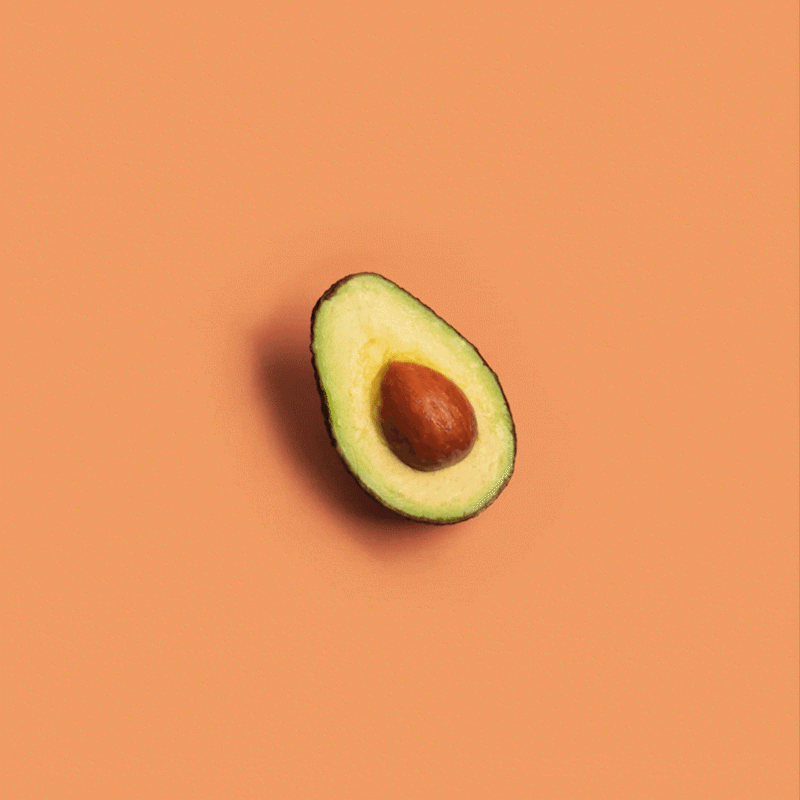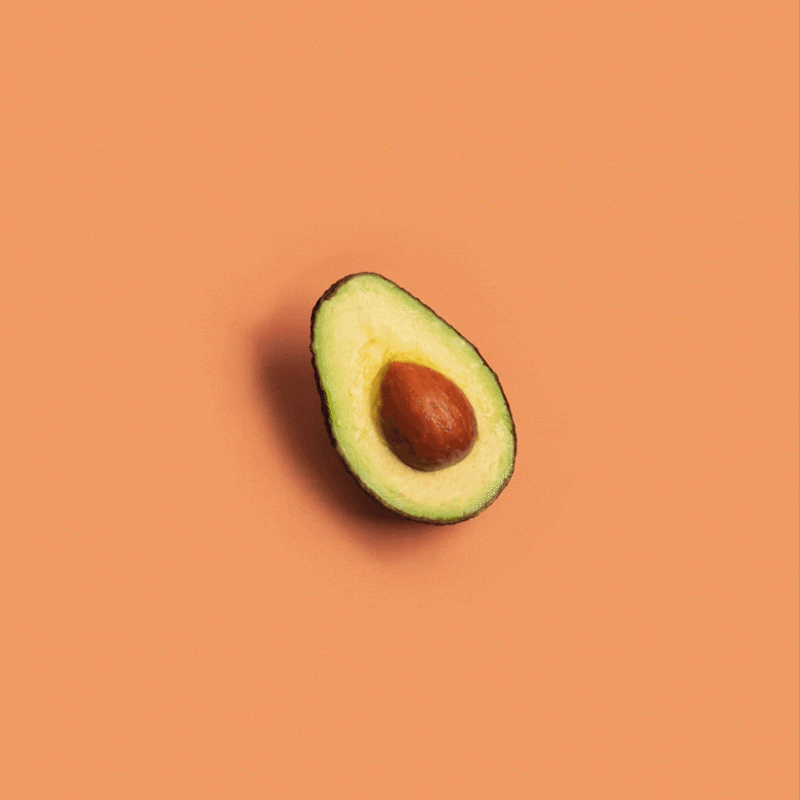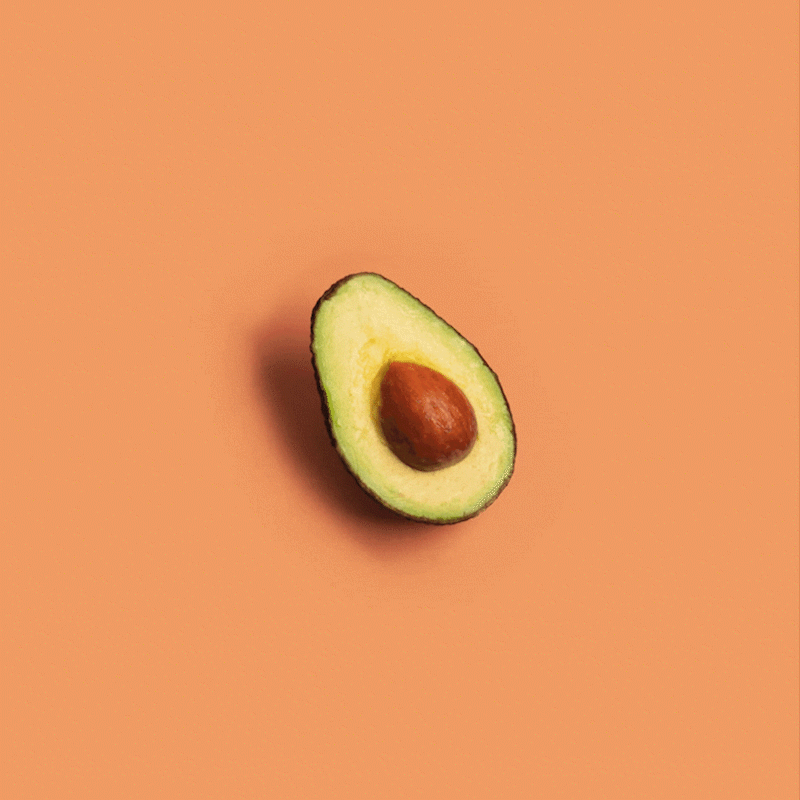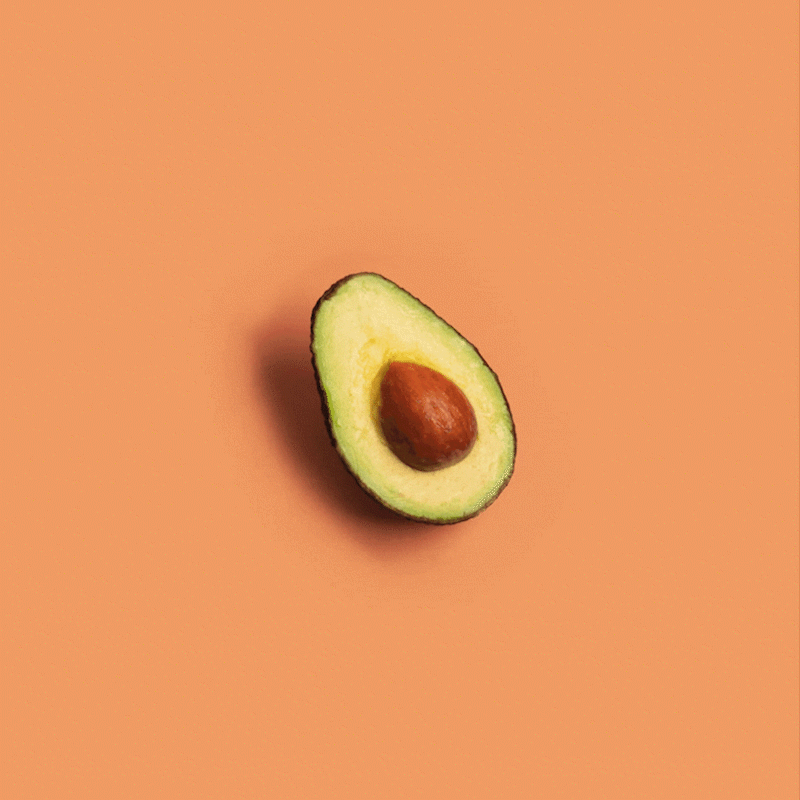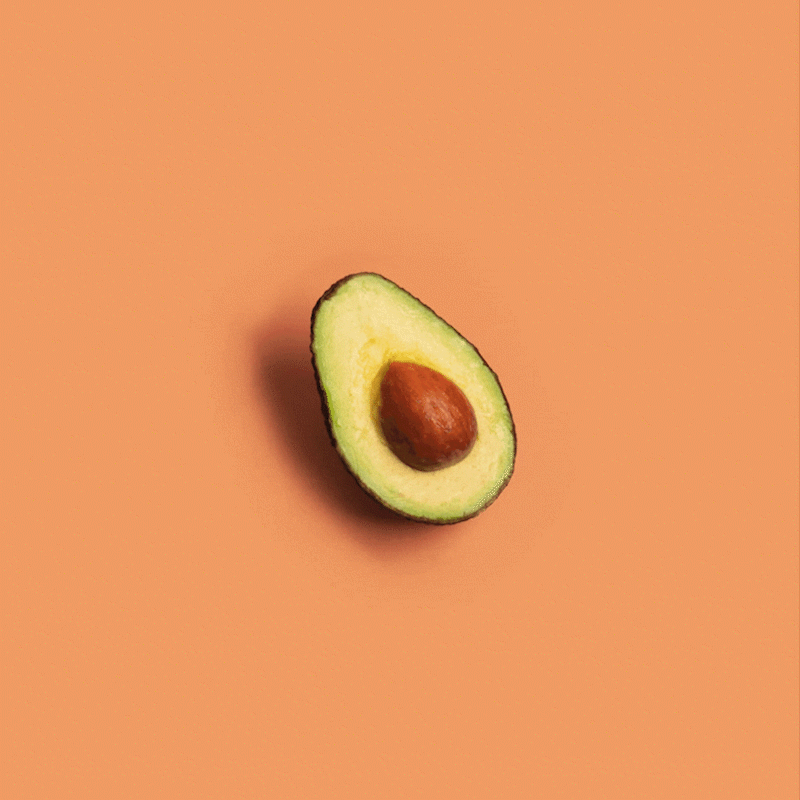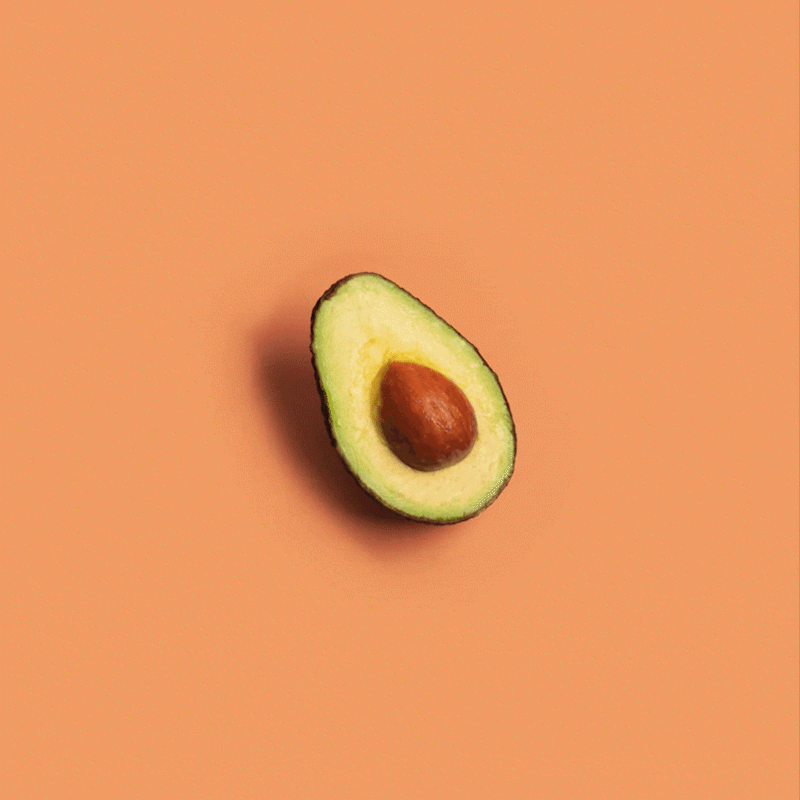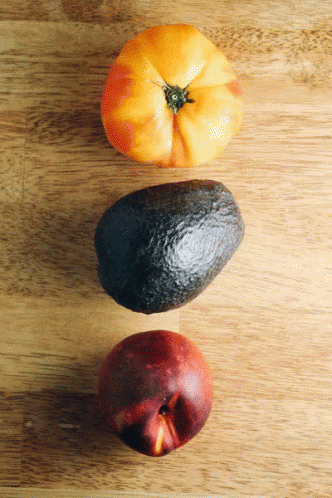[HY] Product Test - Avocado
![[QA]【韩云】HANYUN STORE TESTING](https://qa-tells-storage.s3.ap-northeast-1.amazonaws.com/public/product/images/6a118200-fe6f-11ec-a23c-37f56b27ccb1)
Transparency Points
透明性項目
品物のハイライト
この品物の注目して欲しいポイント
作り手
品物の生産に関わった作り手の顔とコメント
原材料
品物の素材や原料
Organic
100%
リサイクル素材
リサイクル素材が使われている割合
The farmers came up with a new name: avocado. They informed dictionary publishers of the change — and that the plural was spelled "avocados," not "avocadoes" — and named their own group the California Avocado Association.
The approach worked. Today, California accounts for nearly 90 percent of all avocados grown in the United States.
When the farmers first met, E.J. Wilson, a Berkeley horticulturalist, predicted little interest from the American market. "It contain[s] no sugar and fruits are supposed to be sweet — the sweeter the better," he wrote to a colleague.
The farmers knew that Wilson's concerns were unfounded. What made the ahuacate so different from other fruit was the very reason it was appealing.
SDGsへの貢献
この品物がどのSGDsに貢献しているか
test
コストの詳細
コストの内訳を開示
test
影響・効果
社会にどんな影響・効果があるのか
test
文化遺産・伝統工芸品
認定されている称号、受賞歴等
test
レア度
品物の希少性
![[QA]【韩云】HANYUN STORE TESTING](https://qa-tells-storage.s3.ap-northeast-1.amazonaws.com/public/product/images/6a118200-fe6f-11ec-a23c-37f56b27ccb1)
Story
品物のストーリー
My avocado tree,
Remember me?
In my mind eternally.
Learn Stories of Makers
The ahuacate, a pebbly-skinned, pear-shaped fruit, had been a staple food in Mexico, and Central and South America since 500 B.C. In the 16th century, Spanish conquistadors fell in love with the fruit after observing its prized status among the Aztecs.
Until the early 1900s, the ahuacate had never been grown commercially in the United States. By 1914, however, hotels in Los Angeles and San Francisco were ordering as many of the fruits as they could and paying as much as $12 for a dozen.
But the farmers faced a marketing problem. First, ahuacate was too hard for Americans to pronounce. Worse, it was the Aztec word for testicle, named for its shape and reputation as an aphrodisiac. Then there was the other unappealing name: "alligator pear."
The farmers came up with a new name: avocado. They informed dictionary publishers of the change — and that the plural was spelled "avocados," not "avocadoes" — and named their own group the California Avocado Association.
The approach worked. Today, California accounts for nearly 90 percent of all avocados grown in the United States.
When the farmers first met, E.J. Wilson, a Berkeley horticulturalist, predicted little interest from the American market. "It contain[s] no sugar and fruits are supposed to be sweet — the sweeter the better," he wrote to a colleague.
The farmers knew that Wilson's concerns were unfounded. What made the ahuacate so different from other fruit was the very reason it was appealing.
Like most fruit, the avocado ripens once plucked from the tree. But its flesh is unlike any other: buttery, not sweet, somewhat nutty and oily in flavor; firm enough to be sliced or diced, yet pliable enough to be mashed into a paste or puree.
There are more than 400 varieties of avocado, but Hass has become the most popular in the United States. Named after postal worker Rudolph Hass, who purchased the seedling in 1926 from a California farmer, the distinctive purplish-black fruit has a thicker skin and smaller body than other varieties. Farmers found the Hass easier to cultivate, and its higher oil content and good nutty flavor appealed to consumers.
Avocados present a mouthwatering array of serving options. They can be sliced and served with apples, nuts and cheese. In their most popular form, guacamole, they are mashed with salt, lime, garlic and cilantro — and chiles and tomatoes, depending on the recipe. A friend feeds her infant spoonfuls of avocado straight from the skin: the perfect baby health food. Indonesians blend them into drinks with sweet condensed milk. Brazilians add it to ice cream. Californians put it in their maki rolls.
Avocados have a subtle nutty flavor — too subtle for some people to get excited about. But the beauty of avocados is not so much its flavor as its oily consistency. Avocados have become popular in restaurants and homes because, in food-science terms, they act as a "covalent bond" with other ingredients. The creaminess of the fruit converts disparate tastes into complementary ones and punches up otherwise drab ingredients. Grilled corn kernels, diced red onions and mango elbow each other for attention until chunks of avocado mediate and mellow the mix into a tasty salsa — an unstable structure turned stable. An ordinary salad of greens, tomatoes and raw veggies turns almost decadent with slices of avocado.
Another way to think of avocado's role is to consider the fat marbling in a prime steak. Marbling is what makes a steak juicy and flavorful. Avocados, with their natural fatty richness, serve a similar purpose when incorporated with other foods. Mash an avocado with a pinch of salt and a drizzle of oil, and you'll find it an ideal condiment — and flavor conduit — for nearly any meal.
The fat in an avocado gets a bad rap. While it does contain saturated fat — a little more than 1 gram per quarter-segment — the fruit is high in fiber, has more potassium than bananas and is loaded with folates and vitamin E. Of all fruits, the avocado is highest in protein. As a bonus, the natural oils of the fruit are good for your skin and provide a refreshing alternative to over-the-counter facial products.
And if all that is not enough, remember that the Aztecs thought the avocado was an aphrodisiac.
![[HY] Product Test - Avocado](https://qa-tells-storage.s3.ap-northeast-1.amazonaws.com/public/product/images/b69d5810-7765-11ec-bc71-6dbbf64cbb84)
![[HY] Product Test - Avocado](https://qa-tells-storage.s3.ap-northeast-1.amazonaws.com/public/product/images/17cd93e0-7da4-11ec-a780-fdbaa8b6c3ef)
![[HY] Product Test - Avocado](https://qa-tells-storage.s3.ap-northeast-1.amazonaws.com/public/product/images/6776d680-7da5-11ec-a21f-67fc4667a53a)
![[HY] Product Test - Avocado](https://qa-tells-storage.s3.ap-northeast-1.amazonaws.com/public/product/images/67a0ccb0-7da5-11ec-a780-fdbaa8b6c3ef)
![[HY] Product Test - Avocado](https://qa-tells-storage.s3.ap-northeast-1.amazonaws.com/public/product/images/828f54b0-7da5-11ec-a780-fdbaa8b6c3ef)
